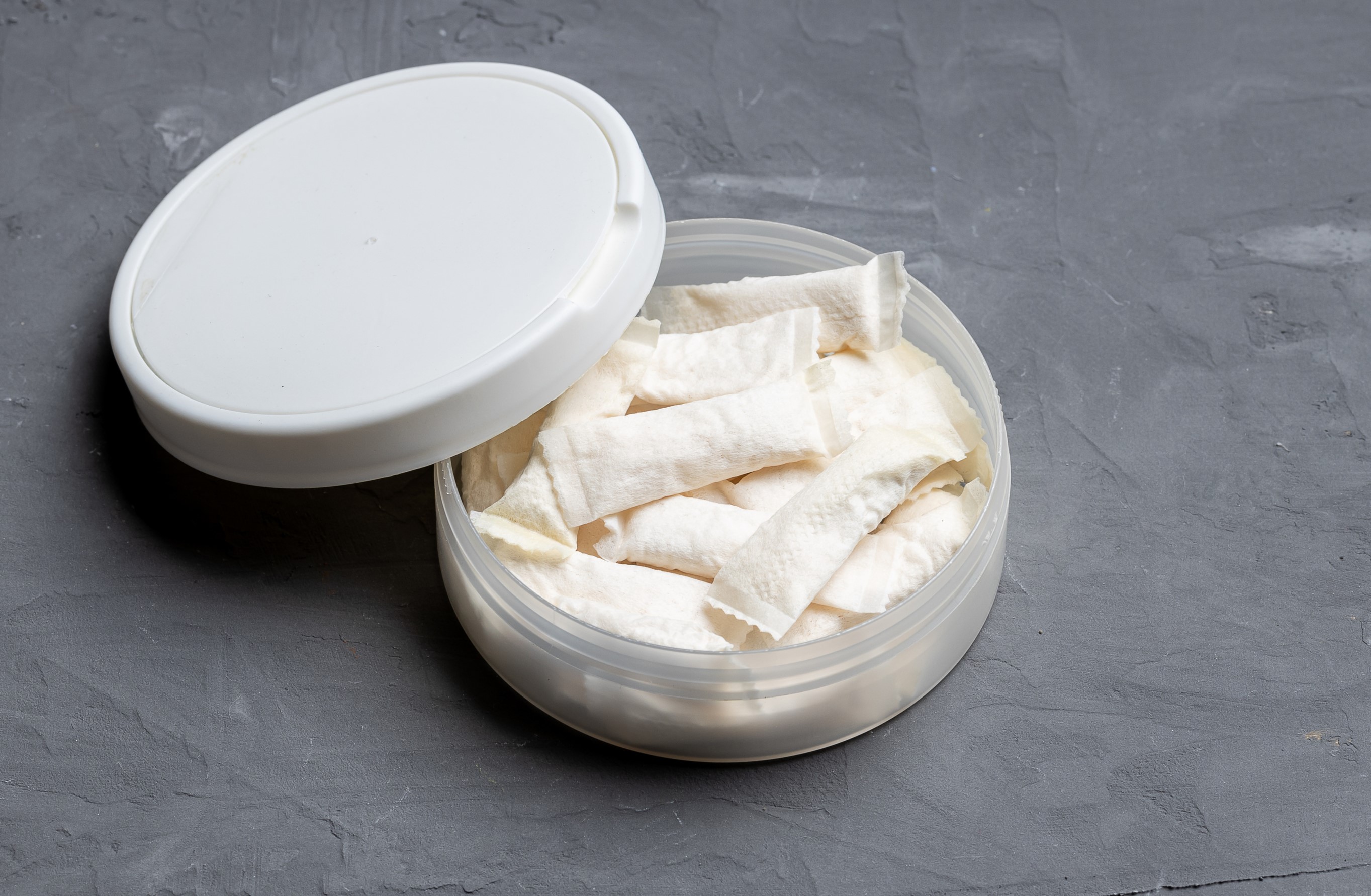Creating environments that are free from tobacco smoke is an important step in protecting the health of adults, children, infants, unborn babies and pets. The health risks from secondhand and thirdhand smoke can linger long after a person who smoked has moved on or butted out.

Why is secondhand smoke a risk to everyone?
Secondhand smoke refers to the smoke in the air that is exhaled by a person who smokes or that comes from the end of a cigarette. All types of smoked tobacco products produce secondhand smoke, including cigars, pipes and waterpipes (shisha).
Secondhand smoke is made up of chemicals that are toxic to the human body. Research has shown that particles from secondhand smoke can remain in the air for up to six hours after smoking has stopped.
There is no safe level of exposure to secondhand smoke. People who have less control over their environment, such as children, people experiencing social disadvantage and people who are incarcerated are more likely to be exposed to secondhand smoke.
And what about thirdhand smoke?
Thirdhand smoke occurs when cigarette smoke settles onto clothing, skin, hair and objects around the environment. It can be absorbed by walls, furniture, clothes, toys and other objects and surfaces within as little as 10 minutes to hours after a cigarette has been smoked inside.
Nicotine levels on home surfaces can remain present in the air and on surfaces. Nicotine has been detected on the skin of non-smoking residents up to two months after moving into premises where people used to smoke. Regular cleaning is not always enough to remove nicotine and other thirdhand smoke particles. The best protection from thirdhand smoke is for surfaces to not be exposed to tobacco smoke at all.
Nicotine has even been found in neonatal intensive care units, where smoking has never occurred. This is worrying because it shows how easily nicotine can be transferred into environments that are smoke-free and may even have vulnerable patients present. In that study, nicotine contamination was present on the cots and other hospital furniture as well as in the urine of the newborn babies who had a parent who smoked.
Thirdhand smoke can be inhaled, ingested or absorbed through the skin. Young children and pets are especially at risk because they often put objects in their mouths, spend more time on the floor and in the arms of their parents.

Reducing the risk for everyone
The best thing you can do to protect yourself and your loved ones is create an environment free from tobacco smoke.
If you're not ready to quit yet, be sure to smoke far away from other people - secondhand smoke can easily travel many metres to make it's way through doors and windows. If you are going to be in contact with little ones (humans or pets), it is best practice to change your clothes and shower after smoking to avoid passing on nicotine and other chemicals from thirdhand smoke.
If you are ready to quit, congratulations! We have all the best tips right here for you to get started, and our interactive Quit Planner will soon have you on your way. Most people take multiple attempts before quitting for good. Hang in there to find what works for you, you can quit.

.webp)



.jpg)
.jpg)






